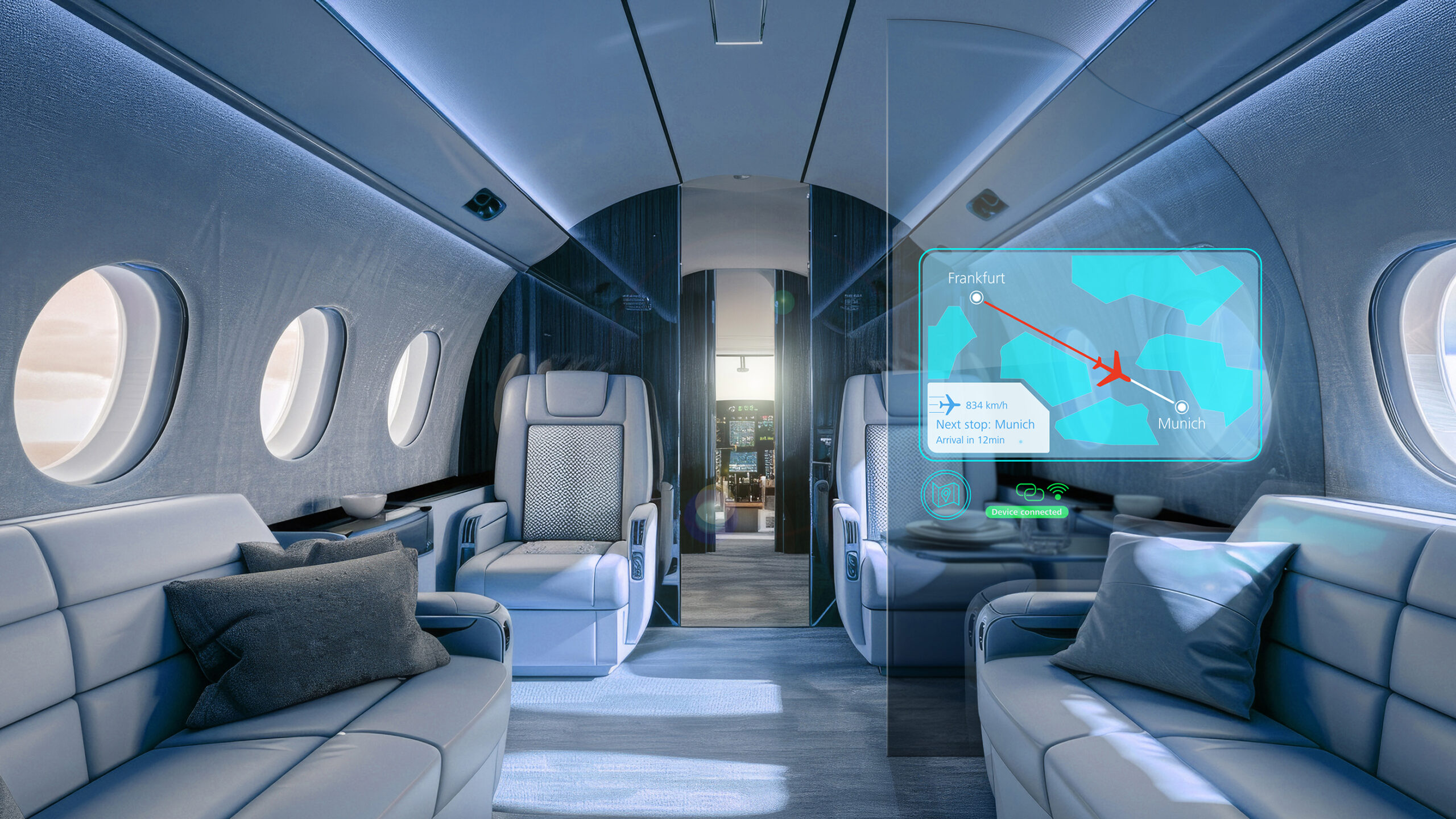[…] The alloy formed under the extreme conditions of metal 3D printing, a new way to make metal parts. Understanding this aluminum on the atomic scale will enable a whole new category of 3D-printed parts such as airplane components, heat exchangers and car chassis. It will also open the door to research on new aluminum alloys that use quasicrystals for strength.
What Are Quasicrystals?
Quasicrystals are like ordinary crystals but with a few key differences.
A traditional crystal is any solid made of atoms or molecules in repeating patterns. Table salt is a common crystal, for example. Salt’s atoms connect to make cubes, and those microscopic cubes connect to form bigger cubes that are large enough to see with the naked eye.
There are only 230 possible ways for atoms to form repeating crystal patterns. Quasicrystals don’t fit into any of them. Their unique shape lets them form a pattern that fills the space, but never repeats.
[…]
How Does Metal 3D Printing Work?
There are a few different ways to 3D-print metals, but the most common is called “powder bed fusion.” It works like this: Metal powder is spread evenly in a thin layer. Then a powerful laser moves over the powder, melting it together. After the first layer is finished, a new layer of powder is spread on top and the process repeats. One layer at a time, the laser melts the powder into a solid shape.
3D printing creates shapes that would be impossible with any other method. For example, in 2015 GE designed fuel nozzles for airplane engines that could only be made with metal 3D printing.
[…]
One of the limitations of metal 3D printing is that it only works with a handful of metals. “High-strength aluminum alloys are almost impossible to print,” says NIST physicist Fan Zhang, a co-author on the paper. “They tend to develop cracks, which make them unusable.”
Why Is It Hard to Print Aluminum?
Normal aluminum melts at temperatures of around 700 degrees C. The lasers in a 3D printer must raise the temperature much, much higher: past the metal’s boiling point, 2,470 degrees C. This changes a lot of the properties of the metal, particularly since aluminum heats up and cools down faster than other metals.
In 2017, a team at HRL Laboratories, based in California, and UC Santa Barbara discovered a high-strength aluminum alloy that could be 3D printed. They found that adding zirconium to the aluminum powder prevented the 3D-printed parts from cracking, resulting in a strong alloy.
[…]
The NIST team wanted to know what made this metal so strong. Part of the answer, it turned out, was quasicrystals.
How Do Quasicrystals Make Aluminum Stronger?
In metals, perfect crystals are weak. The regular patterns of perfect crystals make it easier for the atoms to slip past each other. When that happens, the metal bends, stretches or breaks. Quasicrystals break up the regular pattern of the aluminum crystals, causing defects that make the metal stronger.
[…]
“Now that we have this finding, I think it will open up a new approach to alloy design,” says Zhang. “We’ve shown that quasicrystals can make aluminum stronger. Now people might try to create them intentionally in future alloys.”
Story Source:
Materials provided by National Institute of Standards and Technology (NIST). Note: Content may be edited for style and length.
Source: Rare crystal shape found to increase the strength of 3D-printed metal | ScienceDaily

